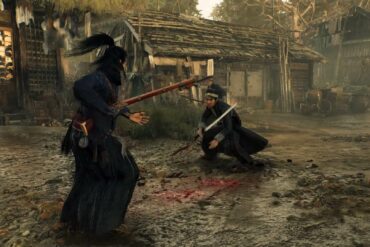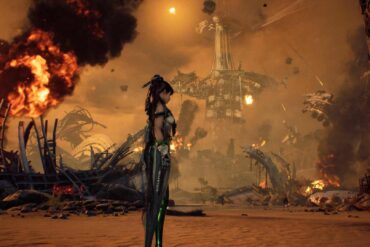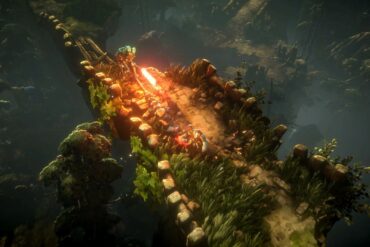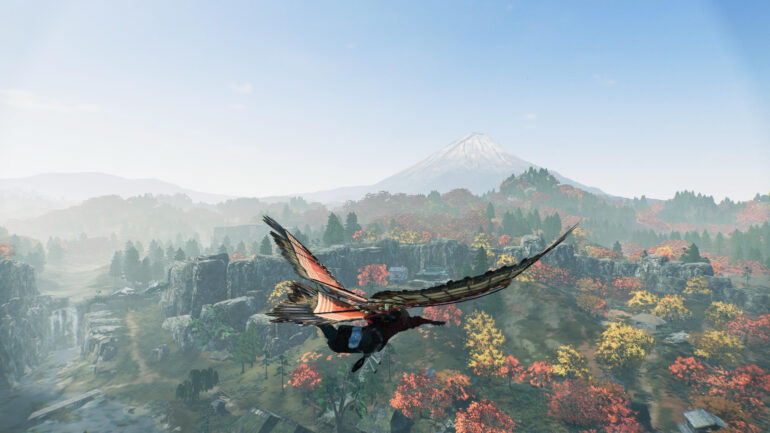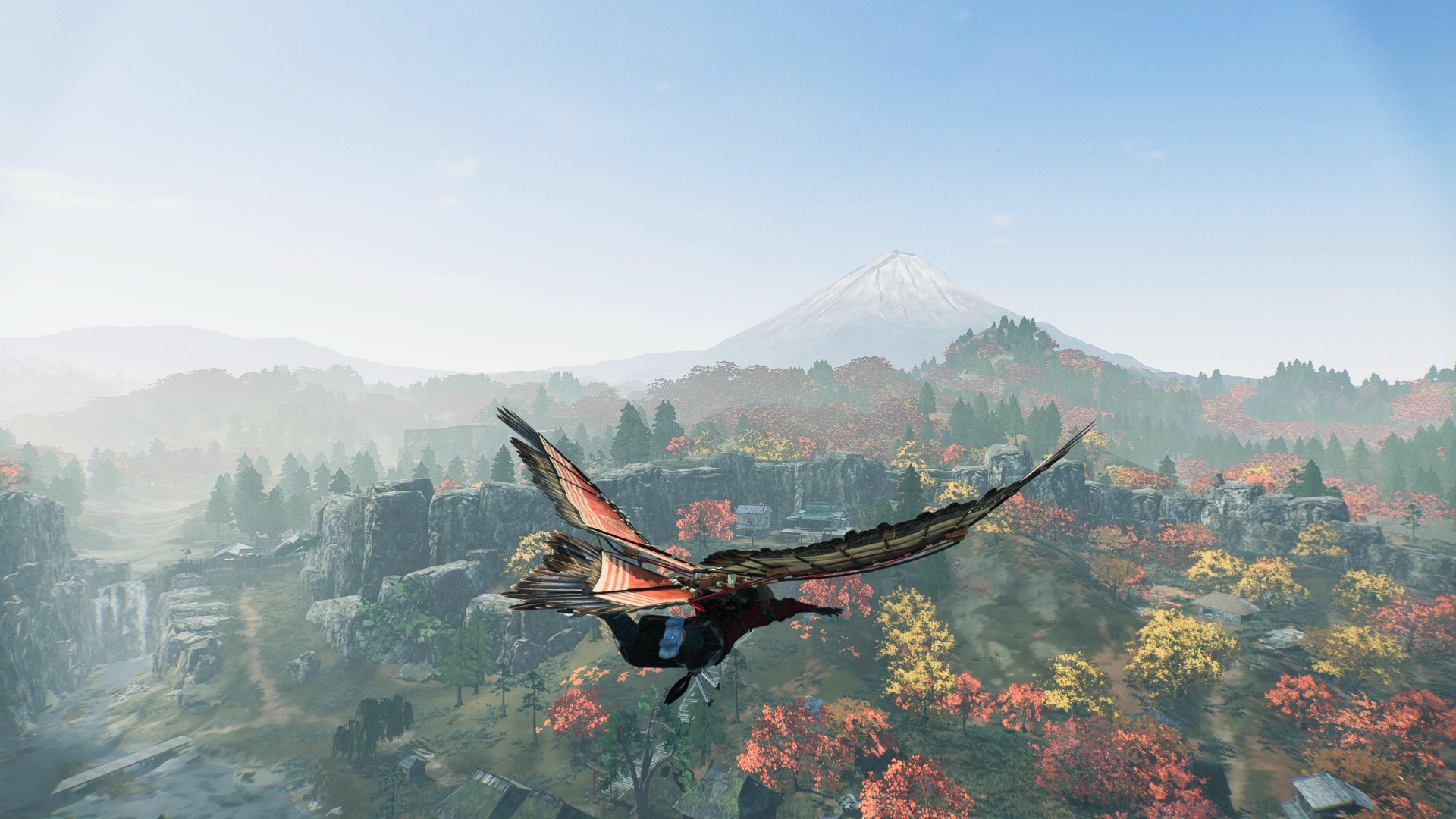With Ghost of Tsushima coming to PC and Shogun premiering weekly on FX Networks, it’s an excellent time for those interested in historic Japanese media. Rise of the Ronin, developed by Team Ninja, the creators of Nioh and Ninja Gaiden, is an action RPG with a strong focus on combat within an expansive open-world setting and looks set to continue the significant amount of great Japanese content we’ve had recently. Unfortunately, it doesn’t quite live up to the heights that many expected of the title and isn’t up to the standard we’ve come to expect from Team Ninja.
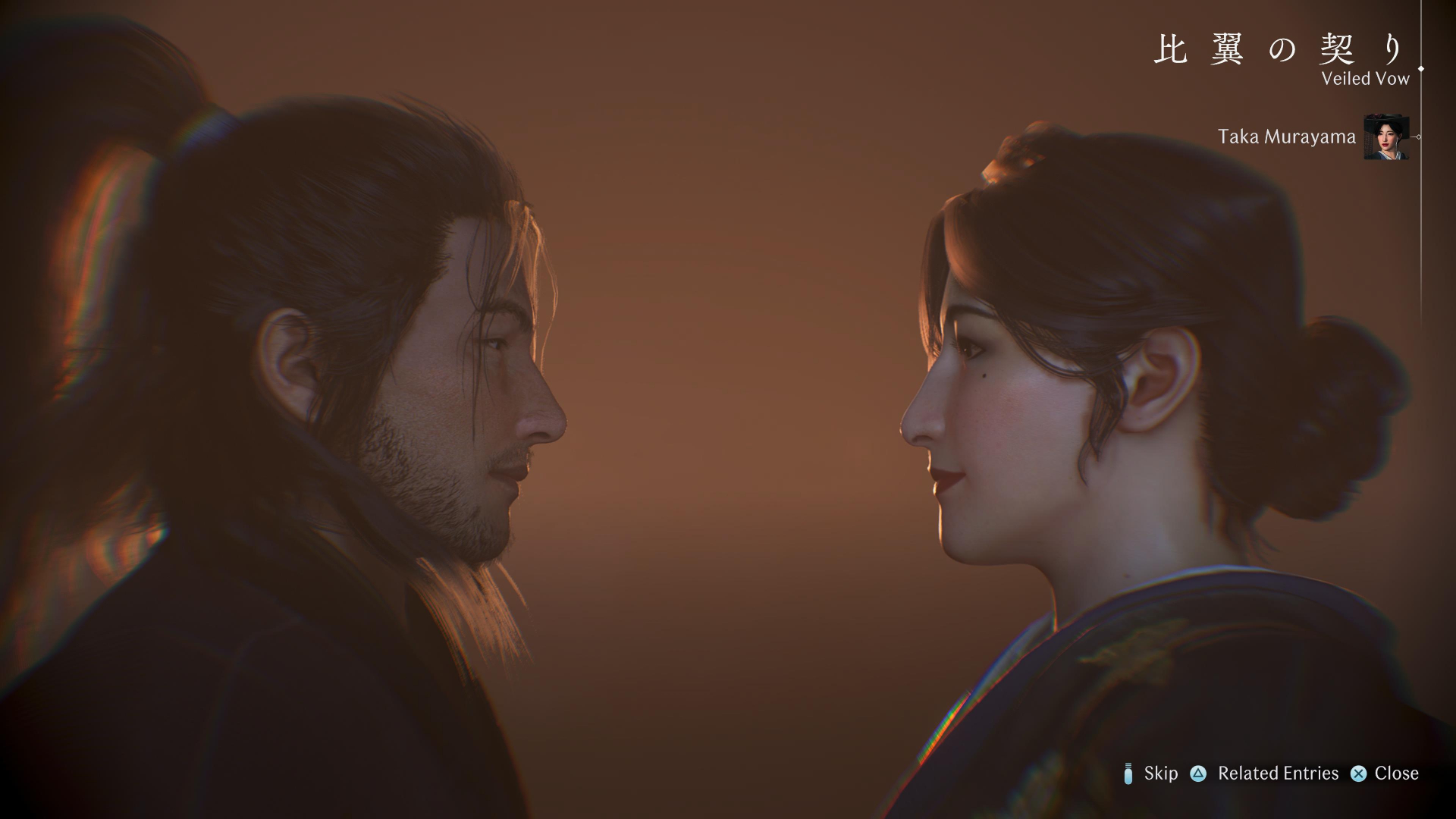
“You must infiltrate one of the Black Ships to steal a secret message and assassinate Commodore Matthew Perry.”
In Rise of the Ronin, players must embark on a captivating journey through the tumultuous Bakumatsu era, promising players samurai action, open-world exploration, and the chance to rewrite history. While all of these elements are offered, they are not quite up to the level of depth that was promised or as prevalent as other games, from which it seems to draw inspiration.
In an attempt to avoid spoilers, a lot happens in the initial sequences of the game; you’re introduced to the ruthless Tokugawa Shogunate and how you ultimately became a Veiled Edge, a twin warrior unit specially trained to oppose the shogunate. This means that you will originally create two characters, a male and a female, before you play through the prologue.
Alongside your twin, you must infiltrate one of the Black Ships to steal a secret message and assassinate Commodore Matthew Perry. Everything is going well until the ominous Blue Demon shows up, saves the Commodore, and wreaks havoc on the twin warriors. This interaction leads to some unfortunate events that force you to choose the antagonist you’ll utilize throughout the game and set the entire narrative in motion.
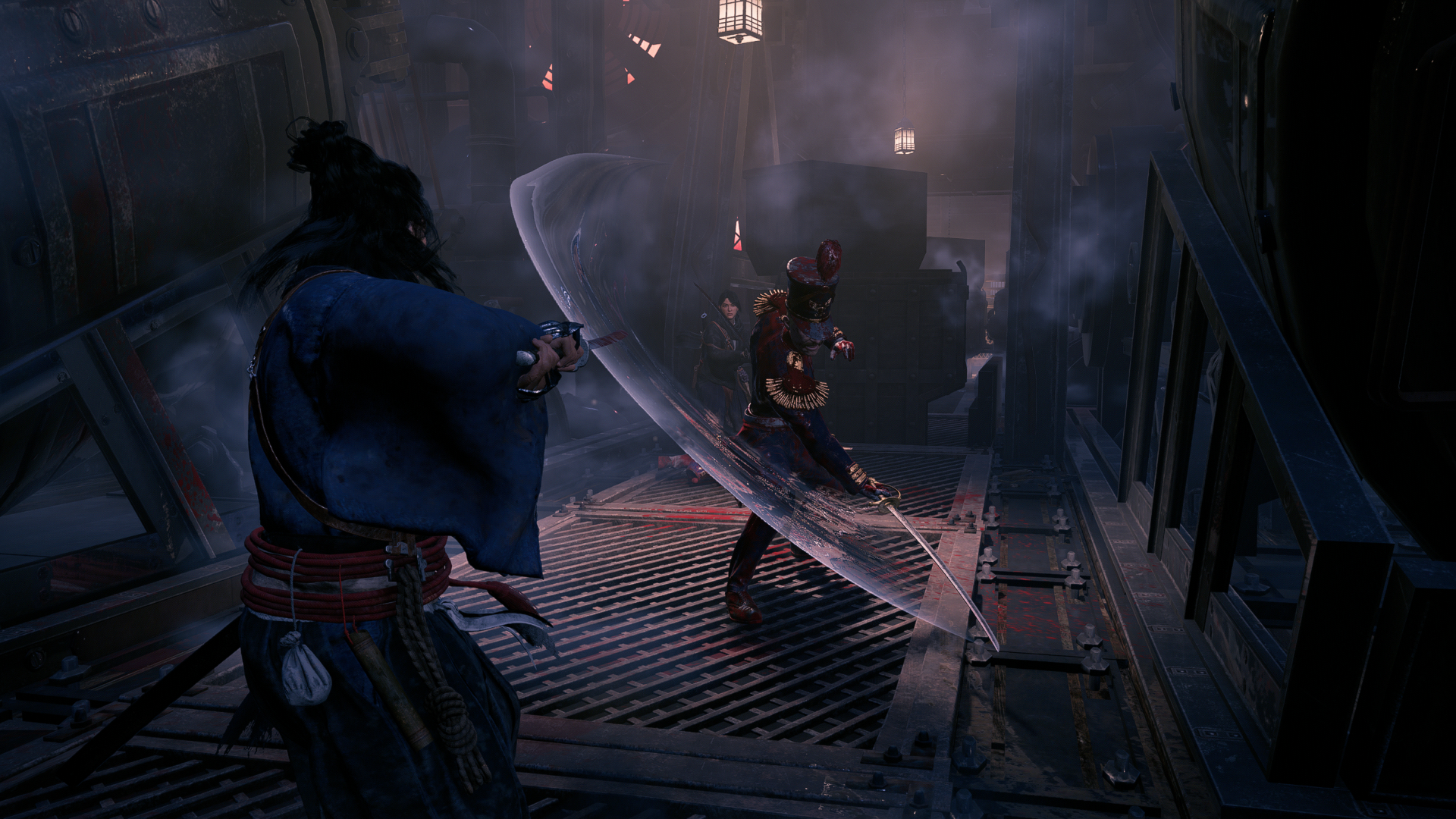
“Regrettably, a lot of these decisions essentially loop back on each other.”
Rise of the Ronin presents itself as a game that allows you to change the course of history with the decisions you make. Most of these choices will either be to side with individuals that are either for or against the Shogunate. Initially, many choices I selected were commented on by individuals, particularly if I made a decision that was against their Shogunate beliefs and political standpoint. However, after some time, this seemingly faded. While I was still able to make choices, the resolution between the separate paths felt identical.
Due to the game’s ability to allow you to go back in time and essentially “change history,” you can revisit any of your past decisions to choose another. Regrettably, a lot of these decisions essentially loop back on each other. For example, one of the major decisions in history is the assassination of Ii Naosuke. In Rise of the Ronin, you play out a similar situation where you are face-to-face with the cruel daimyō and poised with a decision of killing or sparing him. However, if you decide to spare him, a cutscene plays out where he meets his inevitable demise anyway, removing any weight that decision might have had.
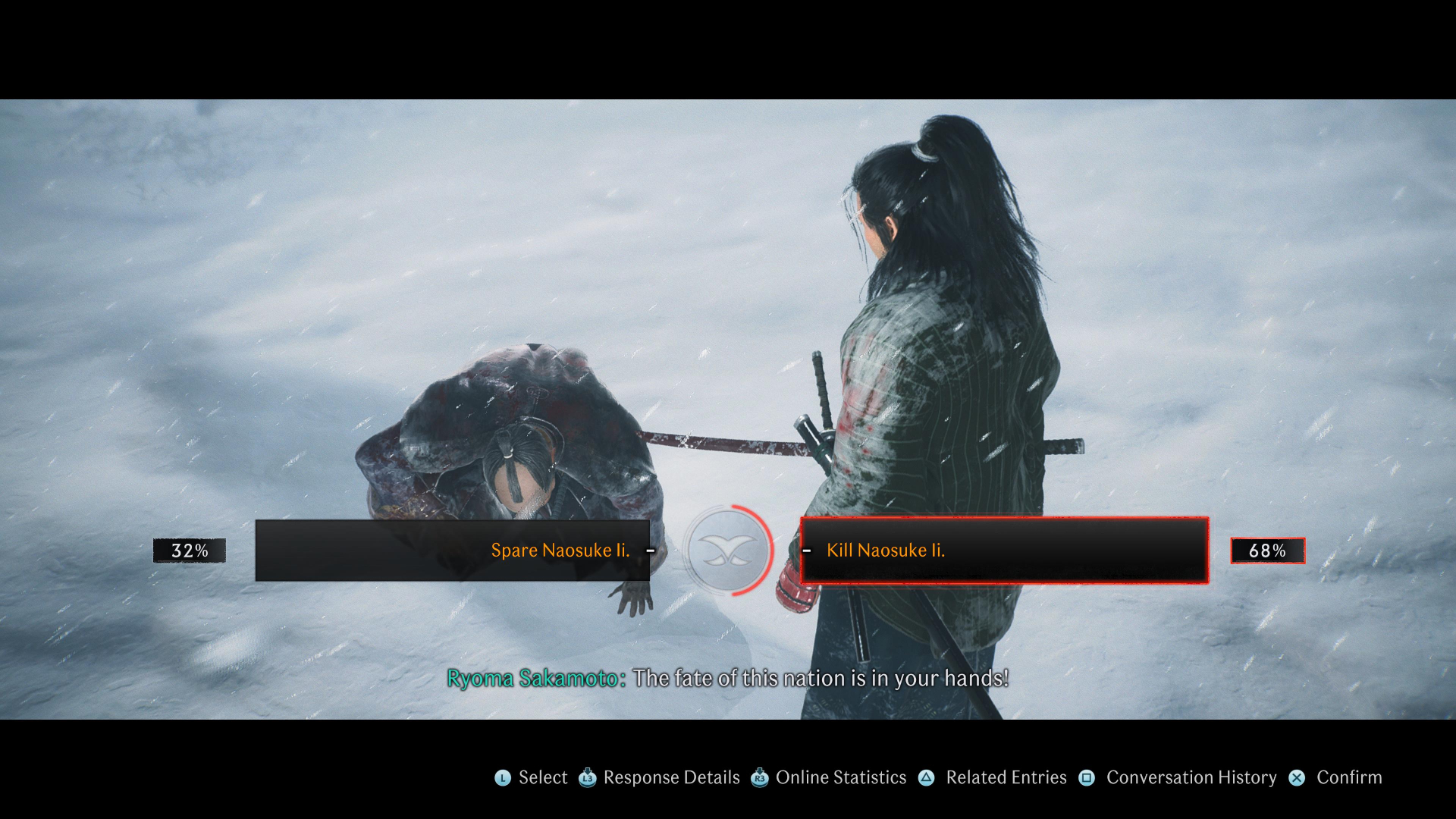
“Even the visuals aren’t up to the standard we have come to expect.”
Missions, along with many of the side missions, feel quite repetitive. Besides memorable historical characters and moments, there aren’t any memorable quests that I’ll hold dear and near to my heart. Most involve you heading to a location before you must defeat bandits or enemies. Some ask you to collect an item for them, but of course, this is guarded by bandits. While Team Ninja’s games are built on continuous fighting and combat, there’s something about the semi-open world that just makes these missions arduous.
The map is enormous but split between three different regions that aren’t fully connected. However, due to Rise of the Ronin’s ability to replay old decisions, you can return to previous areas to complete anything you missed, which is an incredible feature that makes nothing entirely missable. Yokohama, Edo (Tokyo), and Kyoto are the three areas you can travel between, but ultimately, they don’t feel vastly different.
Each map features detailed architecture, geisha, and individuals roaming the roads. Cats are scattered throughout the world as collectibles, and you must give them a little pat each time you find one. Treasure chests are also found throughout the world, providing you with rewards to upgrade your character. Each found collectible improves the individual region on the map as you work towards increasing your bond for that particular area. Unfortunately, while you have a Glider and horse at your disposal, there is a lot of open-world fatigue that creeps in. Once you’ve completed the region and moved on, it feels almost pointless to return to old shrines or look for cats, and it’s not something that hasn’t been done before in countless other games.
Even the visuals aren’t up to the standard we have come to expect. While I wouldn’t go as far as to say they are bad, they don’t provide any breathtaking moments where I stood back in awe. The color palette feels very one-dimensional, with no vibrant colors popping out to say hello.
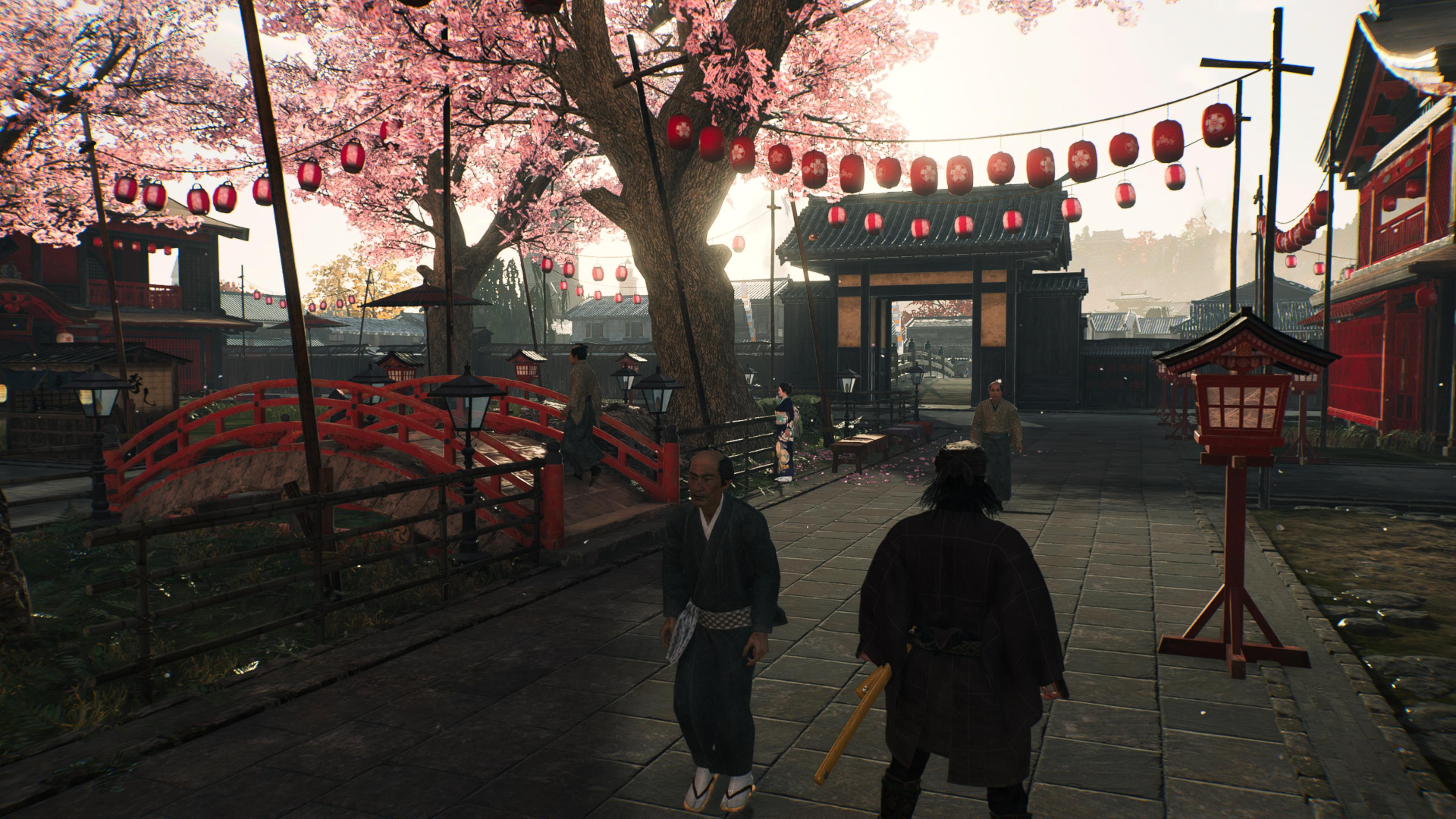
“The sound of the crickets and birds made even the most rural areas relaxing.”
Rise of the Ronin seamlessly integrates close-quarter swordplay with the explosive power of firearms. With so many different weapon types to choose from, you’ll be spoilt for choice when playing through the game. Initially, you must pick a preferred class from Killer, Breaker, Seducer, Sapper, Beginner, and Unsharpened. These essentially give you a headstart on a particular skill tree you want to dive into, with Beginner being an easier all-rounded option and Unsharpened making the game more challenging. Strength, Dexterity, Charm, and Intellect are the four key stats, and each provides its own skill tree. What level you are in each individual stat also boosts the weapons you use; although this is tied to the weapon itself rather than the weapon type.
The combat system feels fluid and responsive, and there are different combat styles that you must utilize against different enemies, similar to how Ghost of Tsushima implements stances. The biggest disappointment is that there is only a single basic attack button. Of course, you can hold a button to unlock additional moves tied to the combat style, but for the most part, you’ll be spamming a single button to attack. Countersparks, or parrying, are a significant part of the fighting, and you must anticipate your enemy’s moves and be ready to counter. Ultimately, Rise of the Ronin feels less like a soulslike, such as Nioh, and more towards a less forgiving Ghost of Tsushima. Despite the occasional boss fight, there is plenty of room for error in battles.
In the audio department, there are some positives. In terms of combat, each weapon, particularly the larger ones, felt weighty, and blocking enemies with countersparks felt particularly enjoyable as the sound of the swords came together. The sound of the crickets and birds made even the most rural areas relaxing. The Japanese-inspired plucks and intense music that played during fight sequences also provided much-needed amplified bonuses to the game.
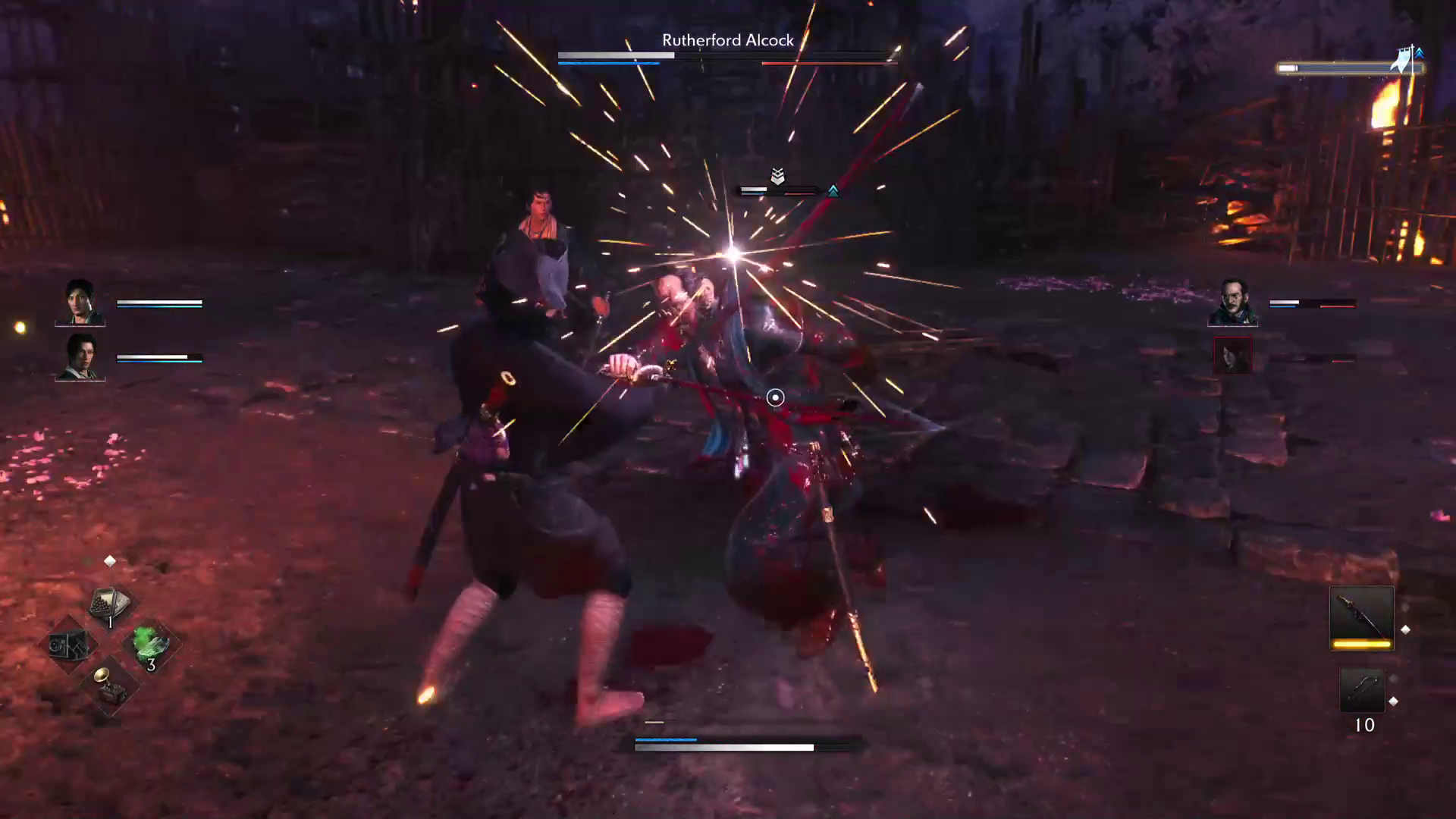
“Rise of the Ronin isn’t a bad game, or rather, a mediocre one.”
In its current state, Rise of the Ronin is a little rough around the edges. Despite its gorgeous world, I suffered from sporadic minor frame drops. Rabbits and other wildlife appear to float or bounce on the surface, which looks very unnatural. There were also a couple of sequences where dead bodies would fall through the floor, leaving me unable to collect the loot.
As with most modern games, Rise of the Ronin forces you to choose whether you want to prioritize graphics or FPS. Without measuring the frames in graphics mode, there isn’t a significant enough graphical increase to warrant the low frames you receive.
Ultimately, Rise of the Ronin isn’t a bad game, or rather, a mediocre one; instead, it just treads too closely with the games we have already experienced. The combat doesn’t live up to the heights of Sekiro, and the visual aspects aren’t comparable to riding a horse through the falling cherry blossom petals in Ghost of Tsushima. All in all, Rise of the Ronin lacks the originality that many titles that came before provided. However, if you crave samurai action and relish the prospect of exploring every aspect of a large world with friends, then Rise of the Ronin might be for you.
Disclosure: Game Crater was provided the game for this review.


